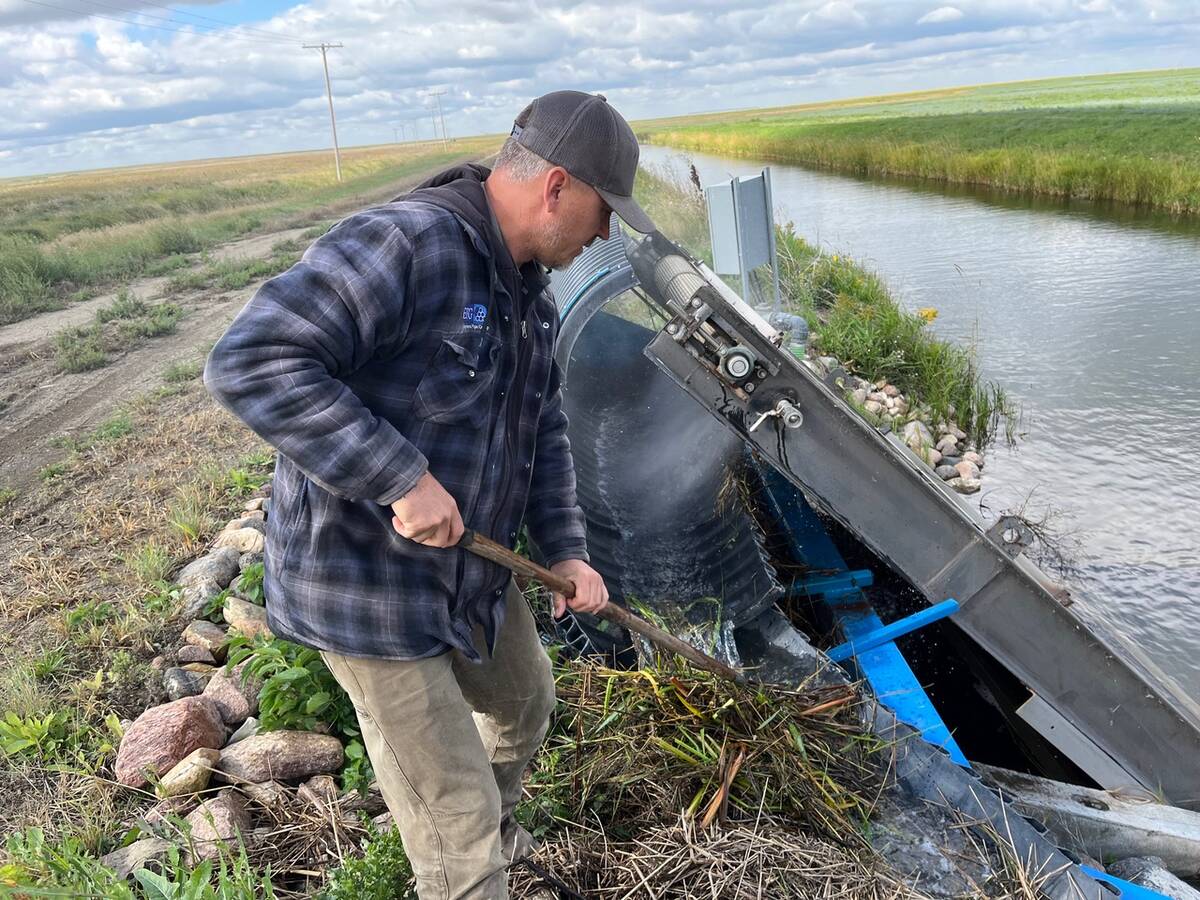South American crops face weather challenges this growing season, but the final outcome will depend on what La Nina does in late December and January, says a leading weather and crop development analyst.
“I think everyone’s become kind of complacent and not worried about the situation,” said Drew Lerner of World Weather Inc. about Brazil.
“If everything goes perfectly – if they have regular rain – they would end up countering (seeding time difficulties). It wouldn’t be a big deal.”
Read Also

Saskatchewan farmer uses tile drainage to manage water
The integration of both irrigation and tile drainage results in higher yields, water efficiency, improved soils and less nutrient runoff, says one producer.
Excess rain in eastern Australia and heavy monsoon rains in Malaysian palm oil areas are supporting crop prices. But South America is still a big quandary for analysts. Developing crops faced challenges, but have survived and could yield adequately.
Reuters News Agency surveyed analysts and most expect a slight decline in Brazilian soybean production, and a larger decline in Argentina’s crop of three to 10 percent.
Analysts generally expect Brazilian corn production to fall and Argentina’s crop to rise, with the differences nearly offsetting.
Lerner said both Brazil and Argentina have had problems this year, but they are not worsening.
Brazilian farmers struggled with seeding and were late, but good conditions now mean most crops are doing fine and have lost little yield potential.
The challenge in Brazil might come around New Year’s, when La Nina tends to dry out regions in the south. If that occurs, Brazilian production would fall and oilseed prices would likely rise.
“If we already have high tight (world) supplies, it could help contribute to higher prices,” said Lerner.
For now, good conditions in central growing areas are offsetting minor problems in the south.
“In the old days, 20 years ago, (the state of) Rio Grande do Sul was pretty important. Now with everything coming out of Matto Grosso, it’s not nearly as important,” said Lerner.
Brazil is a giant producer of soybeans and corn, as well as a producer of wheat in the southern area, which is cooler than the country’s north.
Argentina, which produces large crops of wheat, corn, soybeans and sunflowers, has more problems this year.
Continuing dry weather is undermining crops, especially early-seeded corn and sunflower seed. Crops are subsisting on topsoil layers that hold little moisture.
“If we go through a period of two, three, four days of hot temperatures and no rain, we’ll deplete that topsoil moisture and the crop will go back into stress,” said Lerner.
However, he doubts the situation will get as bad as the 2007-2008 drought.

















